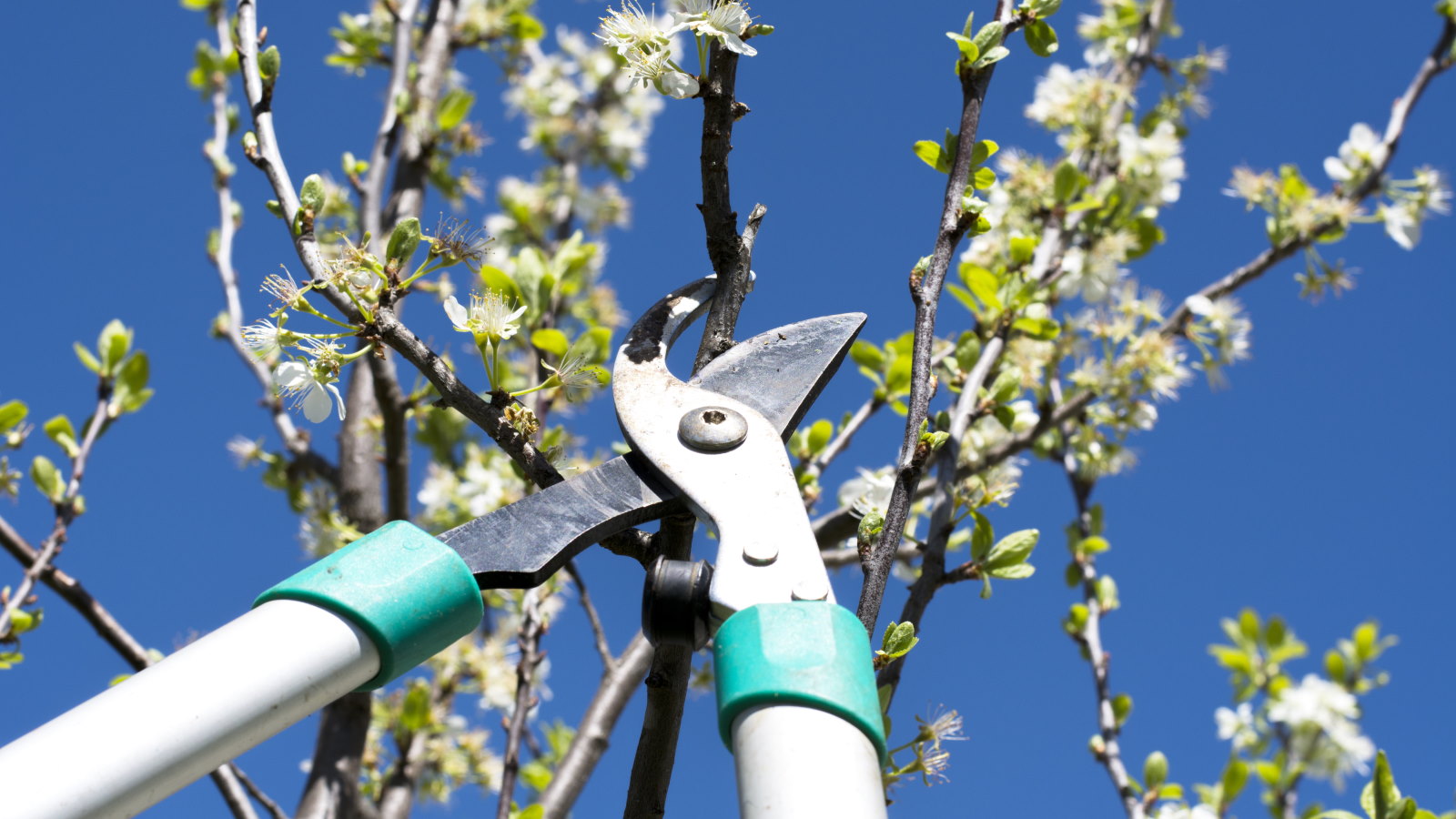
Pruning is an essential part of any tree maintenance. It may not need to be a regular job, but it is a task that keeps a tree safe, shaped, and healthy for years to come.
Knowing when to prune trees is vital to maintaining the health of any tree. There are recommended times of the year when it is safe to prune, though there are also times when you may jeopardize a tree’s health by pruning.
I gathered tips from tree experts to reveal the riskiest times to head out with the garden tools and prune backyard trees. These are general rules to follow when planning pruning, however, it does vary between tree types and there will be some exceptions.
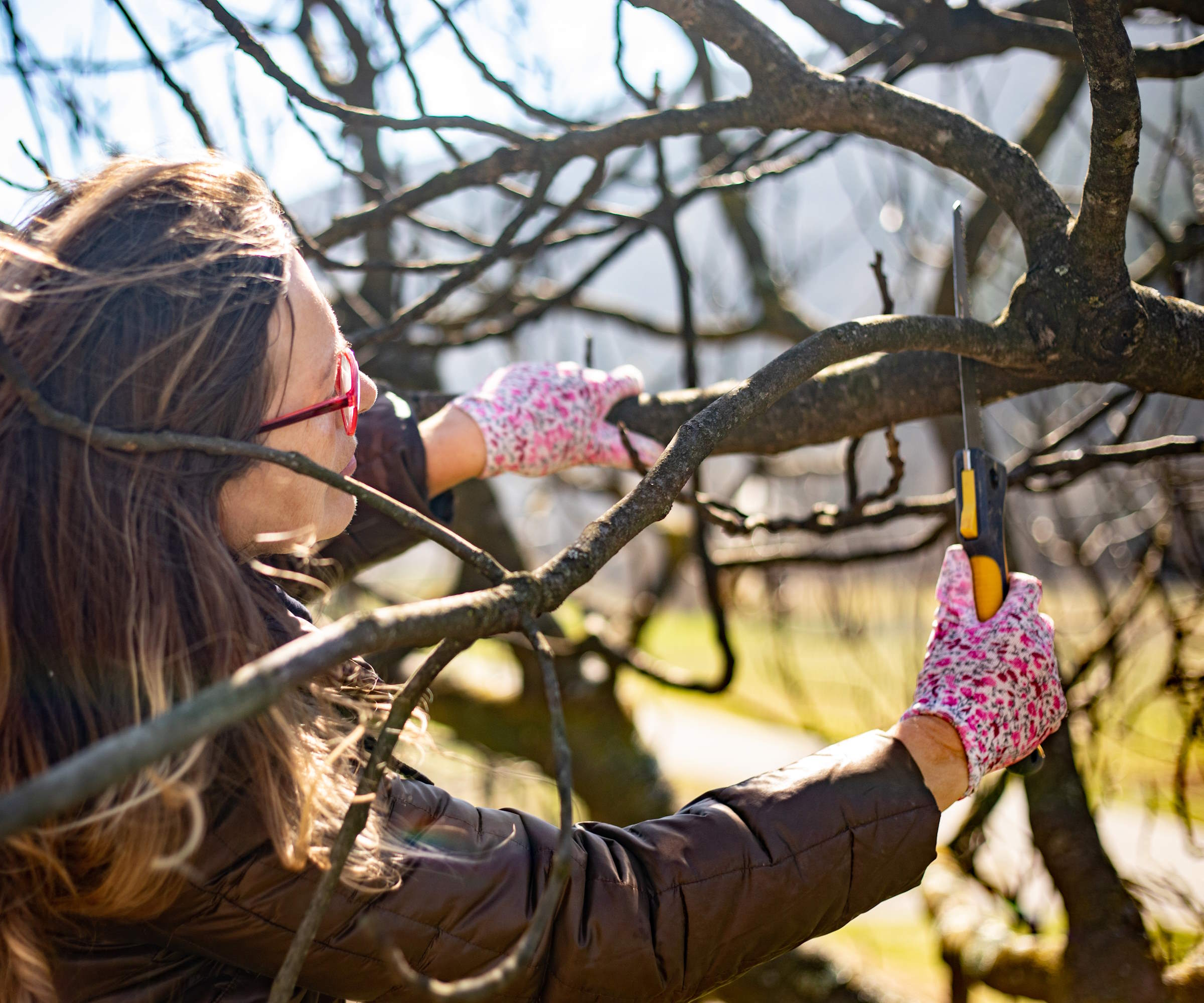
Is there a bad time to prune trees?
The ideal time to prune deciduous trees is during their dormant season and evergreen trees are best pruned in late winter or early spring before the new growth starts.
Pruning at the right time of year protects the tree from pests and diseases, whereas trimming at the wrong time is a tree pruning mistake that puts the tree at risk of issues. Certain periods of the year come with increased risks and are definitely bad times to prune trees.
When should you not prune trees?
Pruning tree branches at these times of the year could be a gamble that risks the ultimate health of a tree. It may be a pruning mistake to head out with the garden tools - so do so at your own risk.
Avoid pruning in extreme weather
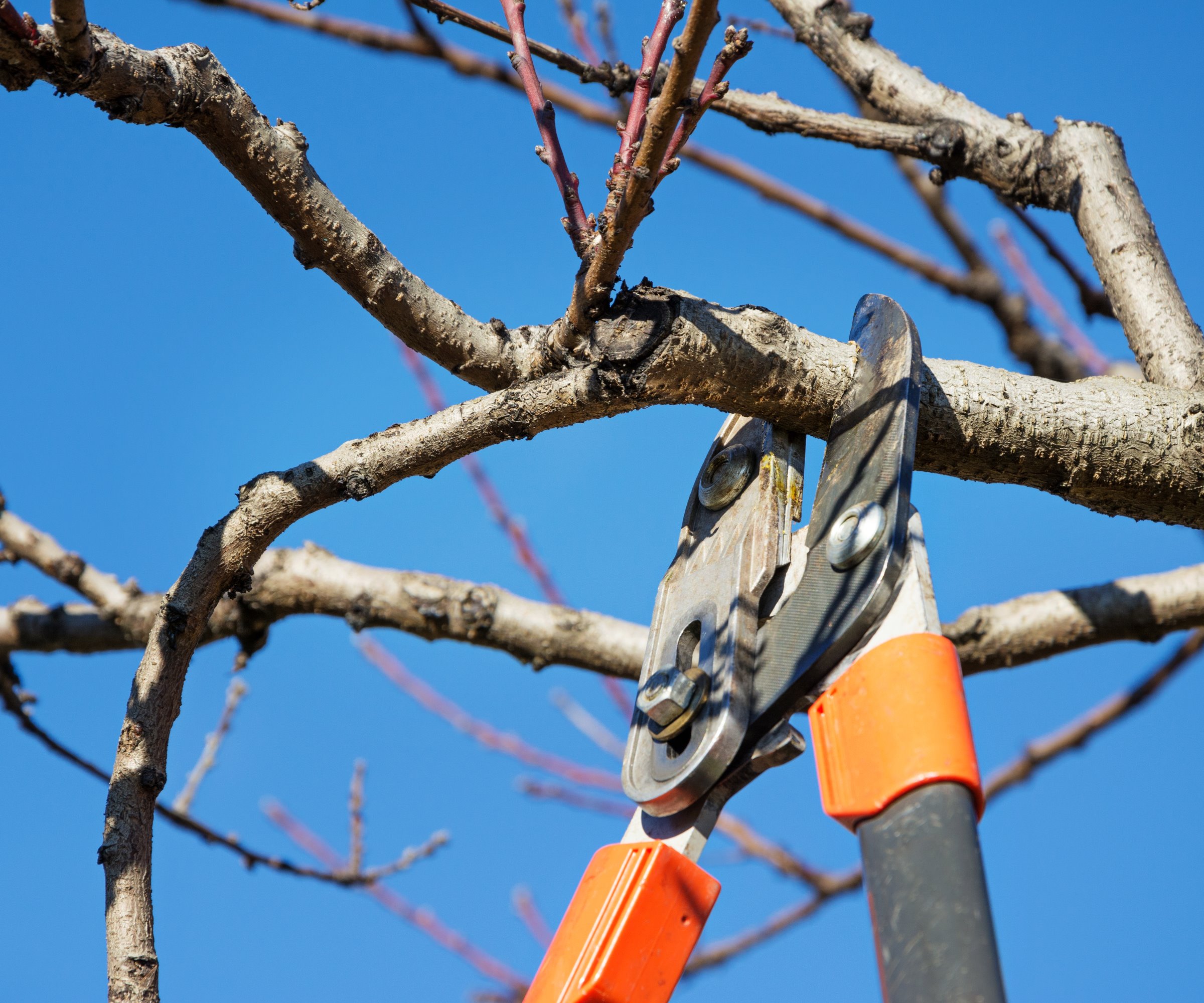
Tree pruning is not recommended when the weather is extreme in your location, such as deep in the middle of a cold winter or a very hot summer. The peaks and troughs of your weather will depend on your location and US hardiness zone, however, if you live in a climate that has extremes it is preferable to tailor your pruning regime to avoid distressing the tree.
Both high heat and extreme cold are capable of harming a tree. Its growth can be set back and the tree can suffer dieback due to pruning in extreme weather.
Ken Wickham, an ISA-certified arborist with Joshua Tree Experts, warns that pruning in excessive heat, for example, can place additional stress on 'an already stressed tree’ due to the environmental conditions causing heat or drought stress. ‘This stress can also open the tree to insect infestation or disease issues,’ he warns.
Lisa Tadewaldt, founder at Urban Forest Pro, goes even further and warns: ‘If you prune too far into winter or in the heat of summer the tree can react negatively and die back or die completely, but if you live in a milder climate this is usually not an issue except in the case of unexpected extreme weather.’
Trees can be pruned during winter when they are dormant, however, pruning during periods of extreme cold risks the frost getting into the pruning cut and weakening the tree. This is most hazardous when pruning younger trees or making large pruning cuts to established trees.
Refraining from pruning in the middle of winter is recommended, as waiting until late winter or early spring to complete the task mitigates the risks.
Avoid pruning in late spring
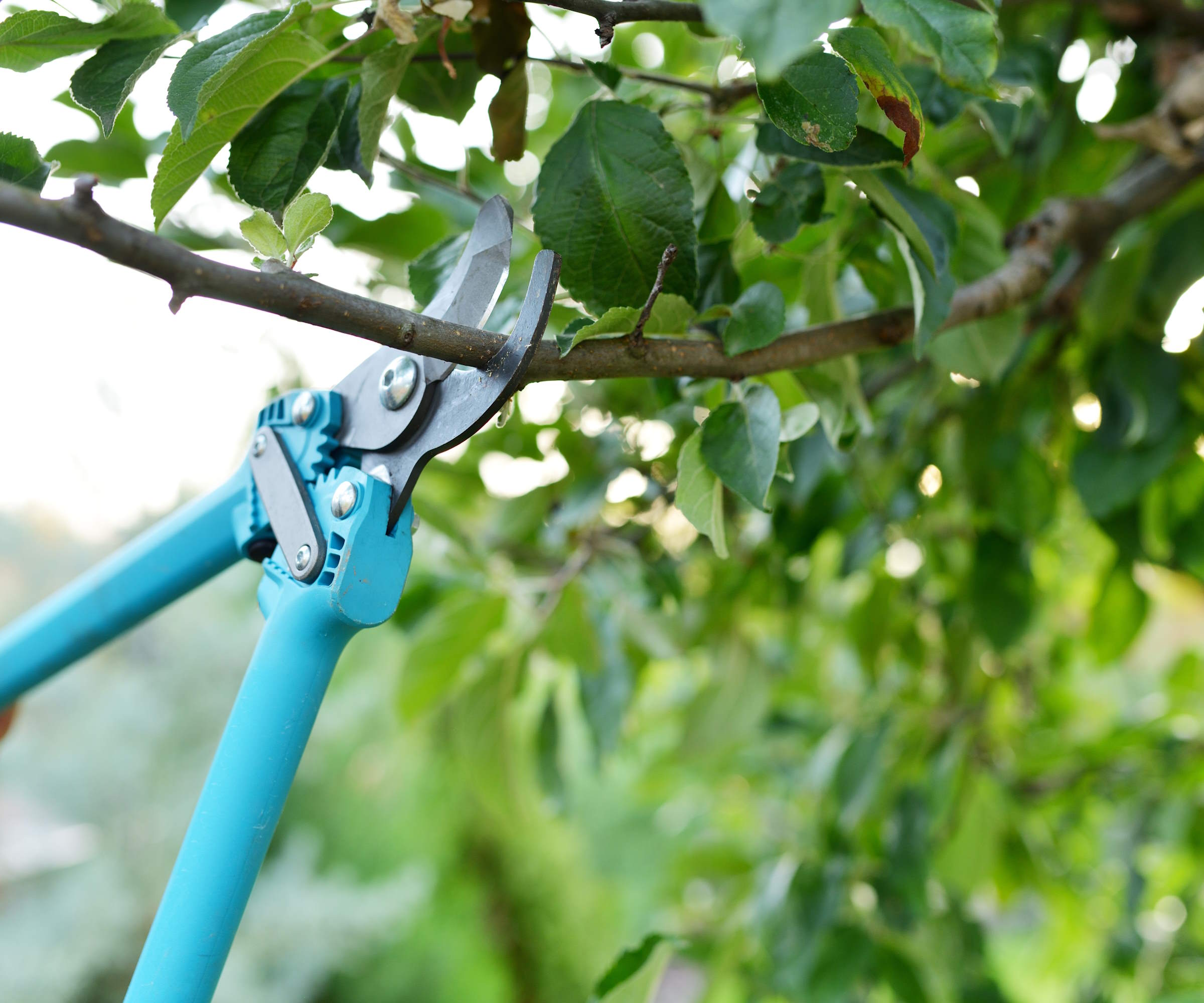
Trees burst into life for the new year in spring, it is a time when the sap is rising and the tree is busily using energy to grow new shoots and leaves. Pruning at this time interrupts this natural process and causes the tree to use a lot of energy to heal these fresh pruning wounds.
Basil Camu, an ISA certified arborist and founder of Leaf & Limb, warns that ‘pruning at this time can cause stress and reduce the tree's ability to heal’. He adds: ‘Generally, it’s best to avoid pruning during late March through early May, depending on the region and the specific tree species. This is when many trees experience significant sap flow and growth.’
Spring is a time when fungal diseases are rife, including heart rot that can cause issues for the trunk and branches, and the fungi can get into pruning wounds at this time of year. Many trees will also bleep sap if pruned in spring or summer, weakening the tree and leaving it increasingly vulnerable to pests and diseases.
However, it should be noted that some trees want to be pruned in summer rather than winter. Birch trees, maple trees, and walnut trees all bleed sap heavily when pruned in winter, so can be pruned in mid-to-late summer.
Avoid pruning in late summer
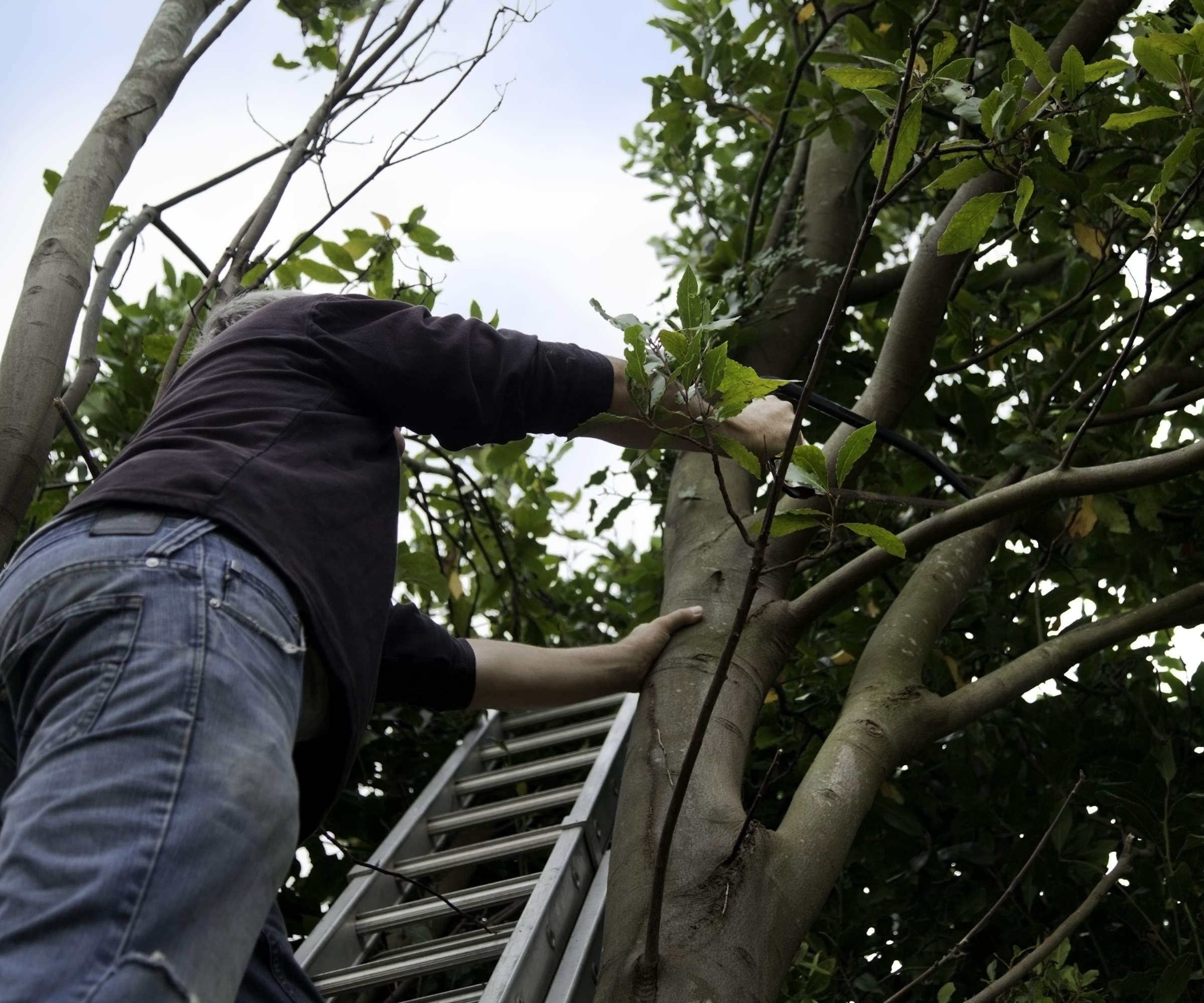
Scott Seargeant, an international consulting arborist, warns that late summer to fall can be ‘the worst time’ to prune deciduous trees. He says: ‘During this time trees are storing energy they will need to produce new growth in the spring. The leaves make the food for the tree. So pruning reduces a tree’s ability to make and store food.
‘Also, pruning in the fall leaves open wounds that a tree will need to spend additional energy reserves to compartmentalize. Open wounds are entry points for insects and diseases.’
An additional danger to pruning in late summer, also early fall, is that the tree can start to put out new growth in response to the trimming. This fresh growth will not harden off in time and get damaged by the winter frosts.
Shop tools for tree pruning
Loppers featuring stainless steel blades that can cut through branches up to 1.75" thick. The power-lever technology multiplies your leverage to make cutting two times easier.
This saw features a precision-ground, razor sharp blade with four cutting angles provide extremely fast, clean and smooth cutting action.
Bypass pruning shears used by professional landscapers and master gardeners. Engineered from Japanese-grade high-carbon steel to make clean cuts and stay sharp for years.
The advice outlined above is predominantly for doing major tree pruning. When you spot broken or diseased branches, these are best removed any time of year. Emergency pruning work for the safety or health of the tree, or small-scale pruning to remove smaller broken branches, can be done as required.







